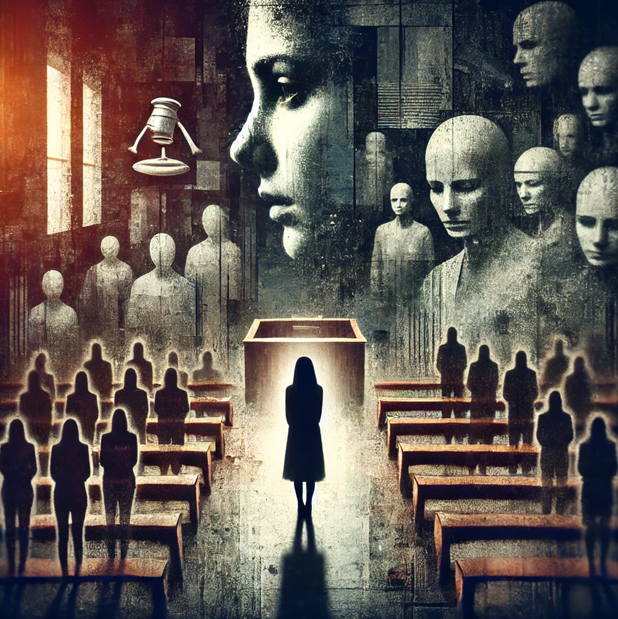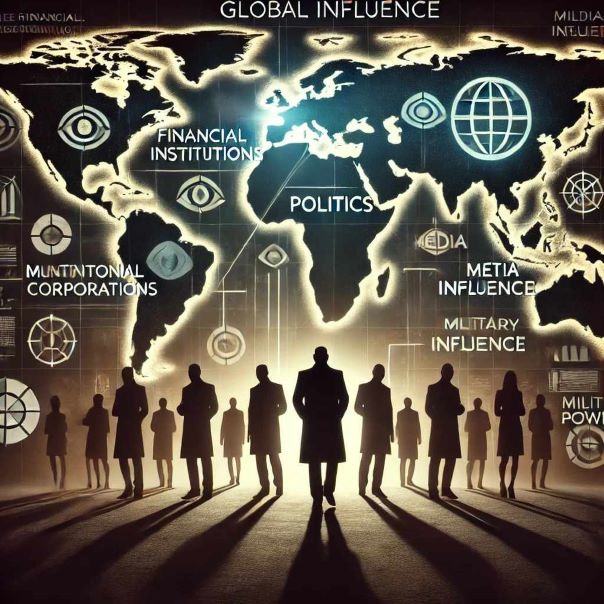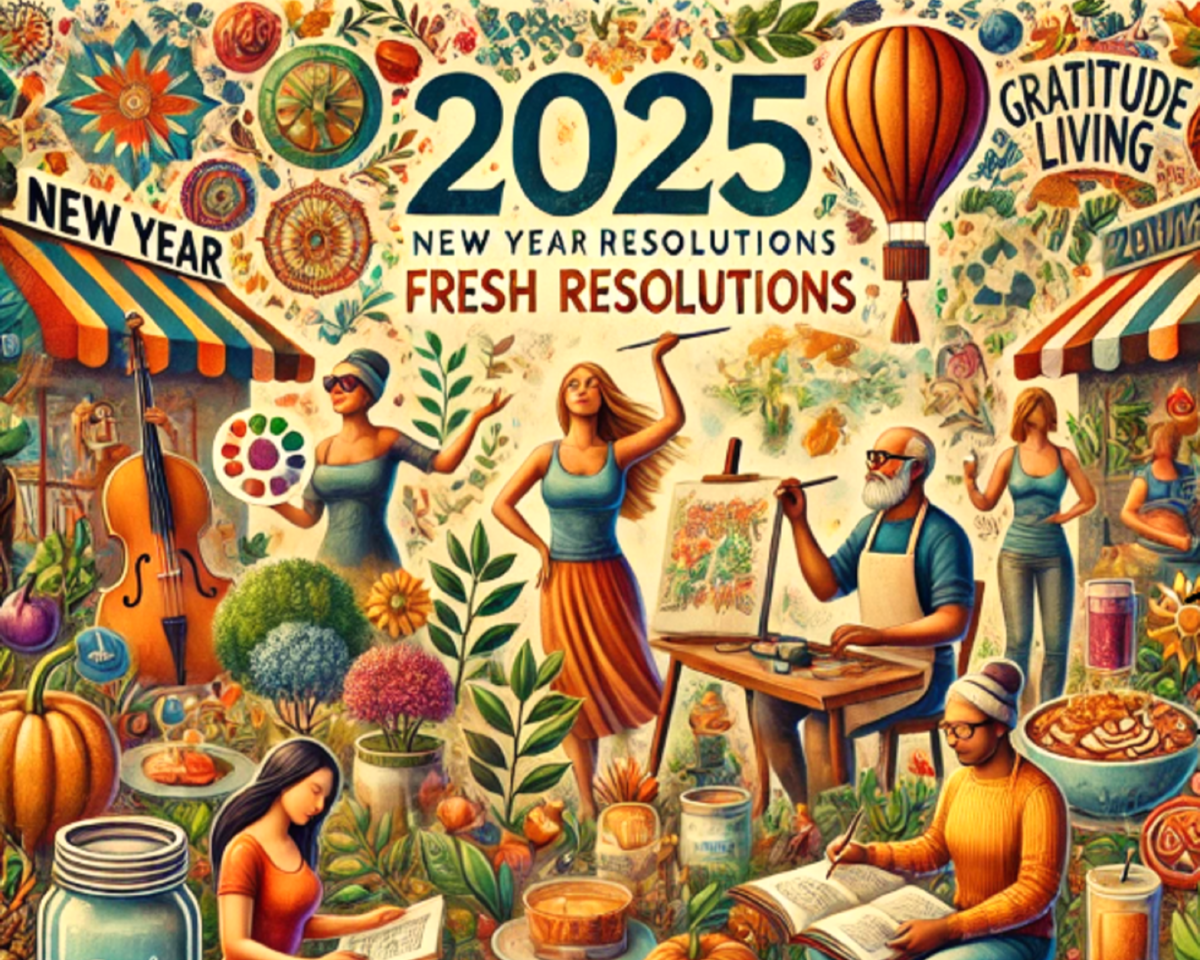Rape Case and Society: The Role of Culture and Attitudes till 2024
Rape Cases isn’t simply a wrongdoing of actual viciousness yet in addition one well established in social standards, cultural qualities, and perspectives that change across the world. How social orders view and handle rape is in many cases an impression of the more extensive issues of orientation jobs, power elements, and civil rights in that culture. Social effects and cultural mentalities can shape everything from the casualty’s insight to how cases are accounted for, indicted, and seen.
Table of Contents
1. The Job of Man Man-centric Society in Forming Cultural Perspectives
In many regions of the planet, male-centric standards altogether shape how rape is seen. A controlled society, which places men in predominant situations in the public eye, frequently powers harmful manliness, prompting a culture where ladies and underestimated bunches are viewed as second-rate or property. This power irregularity frequently considers the standardization of sexual savagery, where men’s forceful way of behaving is pardoned or endured.
Fault on Casualties:
In man-centric social orders, rape casualties are frequently faulted for the wrongdoing, with their way of behaving, attire, or way of life examined. Rather than the culprit being considered completely responsible, the center movements to how the casualty might have “incited” the attack.
Honor-Based Societies:
In certain social orders, a lady’s honor is connected to her sexual “immaculateness.” rape, in this specific circumstance, isn’t viewed as an infringement of the individual yet a disrespect to the family or local area. This can prompt casualties to be disgraced, segregated, or even rebuffed, while culprits might get away from serious results. In outrageous cases, casualties are constrained into relationships with their attackers to “reestablish” family honor.
2. Disgrace and Quietness Around rape
The disgrace encompassing rape stays a strong power that quiets casualties in many societies. This disgrace can be unavoidable to such an extent that it influences how casualties are dealt with, both legitimately and socially.
- Disgrace and Dread: Casualties frequently face social exclusion or even counter assuming that they report their rape. Apprehension about being doubted or accused prompts boundless underreporting. In numerous districts, casualties are viewed as “harmed” or “debased,” which seriously influences their social standing, marriage possibilities, and family connections.
- Influence on Male Casualties: Male survivors of rape likewise face critical cultural disgrace. In many societies, male rape casualties might be seen as feeble or weakened, which adds to the disgrace and underreporting of male rape. LGBTQ+ people are especially powerless, as they face extra layers of bias and viciousness in light of their orientation personality, and sexual direction.
3. Lawful Boundaries and Social Perspectives
Social mentalities profoundly impact the legitimate systems encompassing rape cases. In certain nations, obsolete regulations and lawful meanings of rape make it harder for casualties to look for equity.
- Conjugal rape: In specific societies, assent inside marriage is nonexistent. Conjugal rape is as yet not thought about wrongdoing in a few nations, where it is expected that a mate consequently agrees to sex by temperance of marriage. This lawful position is established in social convictions about a spouse’s “right” to his significant other’s body, further propagating orientation disparity.
- Feeble Policing: In districts where orientation segregation is profoundly imbued, cops might neglect to treat rape cases seriously. Examinations are frequently insufficient, and the legal cycle can be slow or ruined. Casualties are commonly exposed to intrusive addressing and are expected to “demonstrate” that they didn’t assent, further damaging them.
4. The Job of Religion in Social Perspectives Towards rape
Religion assumes a significant part in forming cultural perspectives toward rape. In many societies, religious beliefs influence legal systems regarding gender, sexuality, and morality.
Moral Policing:
A few strict societies force severe moral codes on ladies, especially concerning sexual ways of behaving. Ladies who are raped may confront allegations of “impropriety” or “sin” and be exposed to discipline, or constrained relationships. In some Muslim-greater part nations, the understanding of strict regulation expects ladies to create various male observers to demonstrate rape. It makes it almost difficult to convict culprits.
Orientation Jobs and Unobtrusiveness:
Religions that underscore humility and celibacy frequently put the weight of sexual virtue on ladies. This can prompt the conviction that ladies must “safeguard” themselves from sexual viciousness. By dressing humbly, staying away from specific places, or ceasing conduct considered unseemly. At the point when rape happens, the casualty might be faulted for neglecting to stick to these assumptions, as opposed to the culprit being considered responsible for their activities.
5. Social Protection from Change
Social protection from tending to rape frequently originates from profoundly settled customs and social designs. In many spots, endeavors to change assault regulations or increment responsibility for sexual viciousness meet areas of strength for the people who dread letting go completely or driving.
- Apprehension about Friendly Change: In certain social orders, conversations around rape challenge conventional orientation jobs and compromise the state of affairs. Supporting ladies’ privileges and orientation correspondence might be viewed. As Westernization or a danger to social qualities, prompting opposition from strict or political pioneers.
- Absence of Schooling: Misinterpretations about rape and assent are propagated in societies where sex training is either restricted or nonexistent. Without schooling, social legends, for example, “ladies subtly need to be overwhelmed” or “men have zero control over their sexual urges” keep on flourishing.
6. Positive Social Movements and Worldwide Developments
Regardless of the difficulties, there has been a worldwide change in mentalities towards rape and sexual savagery, generally determined by support, training, and global developments.
- #MeToo Development: The #MeToo development has fundamentally affected social discussions around rape and inappropriate behavior. Beginning in the US, it immediately turned into a worldwide peculiarity. Engaging survivors to stand in opposition to sexual savagery, paying little heed to social restrictions. This has prompted more noteworthy mindfulness, more open talk, and lawful changes in numerous nations.
- Instructive Projects: In certain nations, grassroots associations and NGOs are attempting to teach networks about assent, orientation fairness, and the significance of tending to sexual viciousness. These projects mean to destroy unsafe social perspectives and lessen rape cases in the long haul.
- Legitimate Changes: Nations like Sweden, which has presented “assent regulations,” and India, following the notorious 2012 Delhi rape case. It has made huge strides towards reclassifying rape and reinforcing lawful assurances for survivors. Social movements are in many cases driven by such lawful changes, particularly when state-run administrations effectively advance orientation uniformity.
Conclusion
Social effects and cultural mentalities towards rape are profoundly mind-boggling and change broadly across various districts and social orders. While social standards frequently propagate casualty accusing, quiet, and exemption, worldwide developments. Efforts are being made to challenge and change these mindsets.





Post Comment